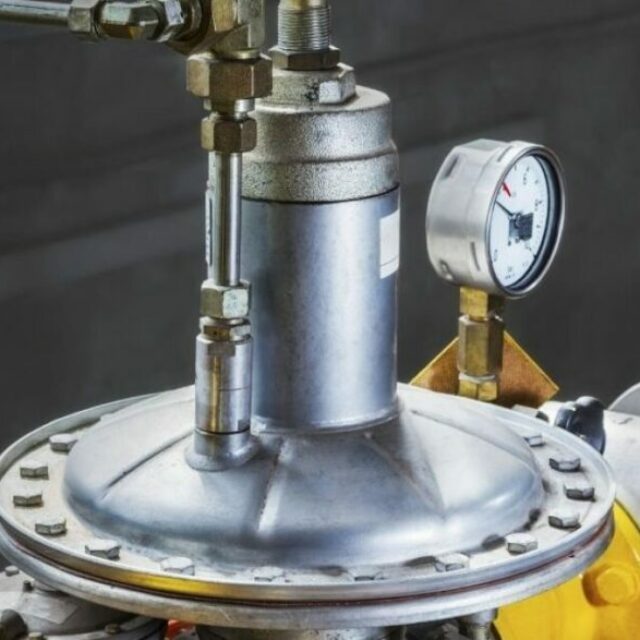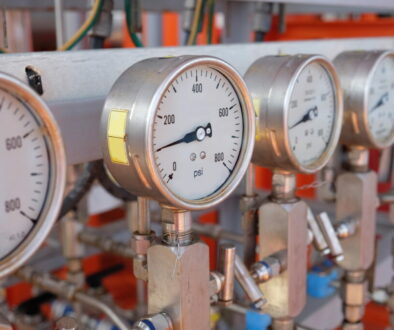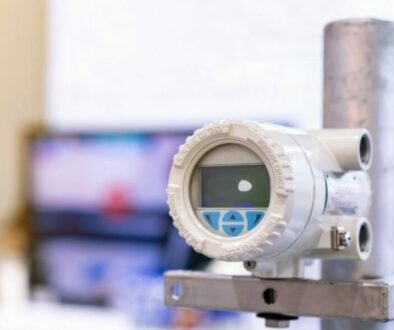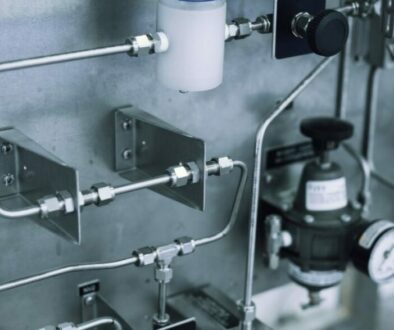The Functional Elements of a Pressure Regulator
A pneumatic pressure regulator is a device that reduces a high-pressure source to lower, more workable pressure source. The regulator will take the upstream source, be it a liquid or gas, and lower it to a pre-set level and maintain that desired outcome no matter what happens in the incoming pressure. The accuracy and efficiency of a pneumatic pressure regulator is determined by the combination of the basic regulator elements designed into the unit. The functional elements of a pressure regulator determine the regulator type and series selected for a specific application. There are three basic elements common to all pressure regulators.
Loading Mechanism
The first functional element of a pressure regulator is the loading mechanism. It provides the operator with the ability to set the force that determines the outlet pressure of the regulator. The load element also provides the force that passes to the sensing and control elements. It is the first part of any pressure regulator. There are four types of loading mechanisms under this category; spring load, dome load, air load, and spring/dome combinations. Each type comes with their own advantages and disadvantages depending on the application for which they are used.
Sensing Element
The sensing element is the most important part of a pressure regulator. It is responsible for sensing any changes in the downstream pressure of the regulator and adjusting accordingly to maintain the desired output. Sensors are usually placed in a cavity within the sensor. As the gas or liquid passes by, the sensor will detect fluctuations and adjust it on the fly. It is a physical link between the loading element and the control element. There are three different kinds of sensing elements: diaphragm, piston, and bellows. The diaphragm is typically the most cost-effective and adequate for most applications because it is simplistic in design and sensitive enough for smaller applications.
Control Element
The final element of a pressure regulator is the control element. The control element is responsible for doing the actual work in the pressure regulator. It takes the high inlet pressure and reduces it down to the lower outlet pressure. The information is sent from the sensing element, so the control knows what to do to maintain the flow. Media pressure from the gas or liquid is reduced by taking the high pressure from a tank and passing it through a variable size orifice. The valve moves toward or away from the regulator seat, making the orifice expand or contract to provide the desired flow.




